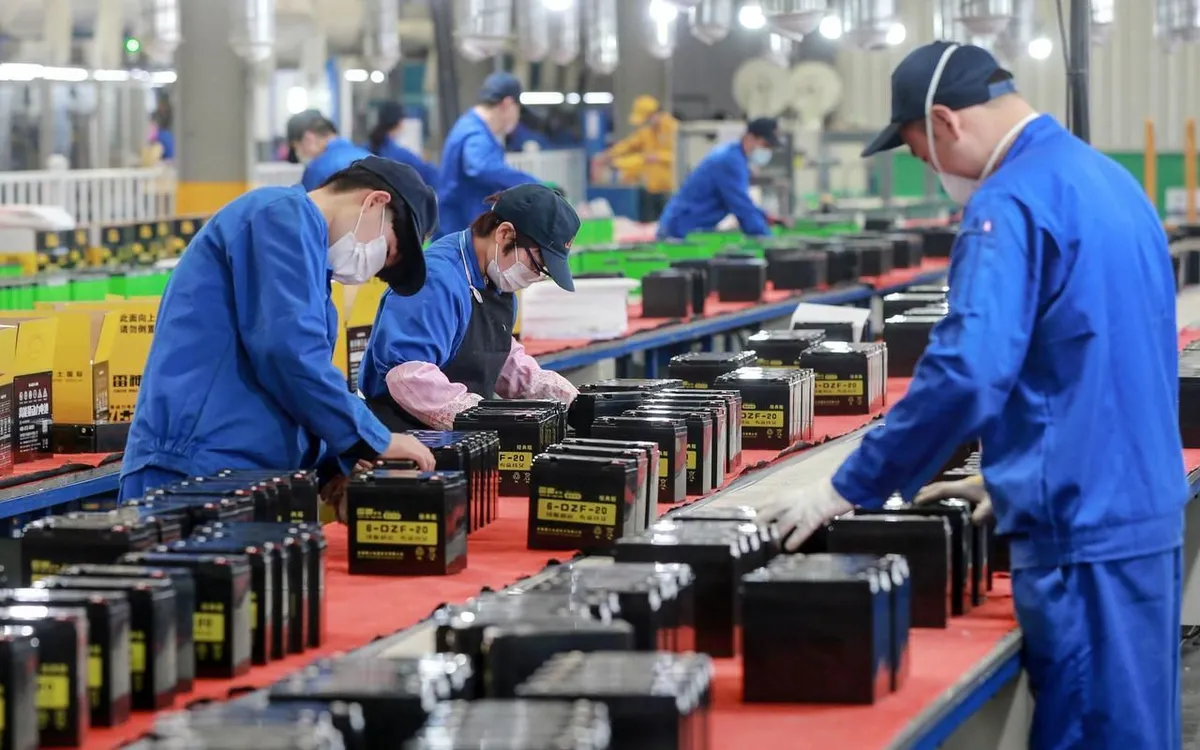
The "everything revolves around production" strategy and structural pressures
Observers say that in the coming time, China will give high priority to high-tech industry - to strengthen its international position amid geopolitical competition and technological innovation.
Instead of shifting more aggressively to stimulate domestic consumption as hoped, the government appears to be opting to continue operating on a manufacturing-led growth model. While Beijing has plans to support households and boost social welfare, financial pressures and structural constraints will make it difficult for these efforts to be a strong lever for consumption growth.
The obvious benefits of insisting on prioritizing manufacturing are to maintain industrial development momentum, promote high-tech supply chains (chips, AI, rare components), and strengthen China's international position. However, the downside is that it is easy to increase the pressure of excess capacity, increase industrial debt, and create persistent deflationary pressure, causing the economy to fall into a state of long-term imbalance.
The deflationary contradiction persists
A stark contrast to the manufacturing-first strategy is the persistent deflationary pressure in China’s economy. September 2025 data showed China’s consumer price index (CPI) fell 0.3% year-on-year, while the producer price index (PPI) fell more sharply, by about 2.3%.
Despite a slight improvement from the previous month (CPI fell 0.4% last month and PPI fell 2.9%), the downward trend in prices continued, suggesting that domestic demand was weak and the pressure of excess capacity had not been completely resolved. The data also pointed to falling food prices, especially pork, as a factor in the CPI decline. At the same time, the sluggish real estate market, weak consumer sentiment, and trade tensions with the US further undermined spending confidence.
However, a small bright spot was that core CPI (excluding food and energy) rose to around 1.0%, its highest level in 19 months — indicating some stability in services and goods not directly related to agricultural products. Experts warn that over-prioritizing production could lead China to “retrace its historical mistakes”: concentrating capital, investment and pollution while not boosting consumption growth accordingly — leading to long-term imbalances.
Technological competition with the US and the way forward
The competition between China and the US is no longer limited to trade or tariffs, but is gradually transforming into a fierce “technology race”. Beijing is placing high priority on technological autonomy, especially in strategic areas such as chips, Artificial Intelligence (AI), rare components and domestic manufacturing ecosystems.
It is the manufacturing strategy – focusing on improving industrial capacity – that is seen as the preferred choice in difficult times, when a “pivot” to stimulating consumption can be seen as a big risk in a complex geopolitical context. Previously, China expanded its export controls on rare earth elements , adding five new elements to the list in an effort to increase its global technological leverage.
Structural contradiction: Strong production, weak consumption
A stark paradox is emerging: while the economy is “all about production,” domestic demand remains sluggish. Boosting household spending requires financial resources and deeper reforms—something the budget is unlikely to do strongly at the moment. The over-prioritization of production over domestic demand adds to the pressure of excess capacity, especially in new technology industries.
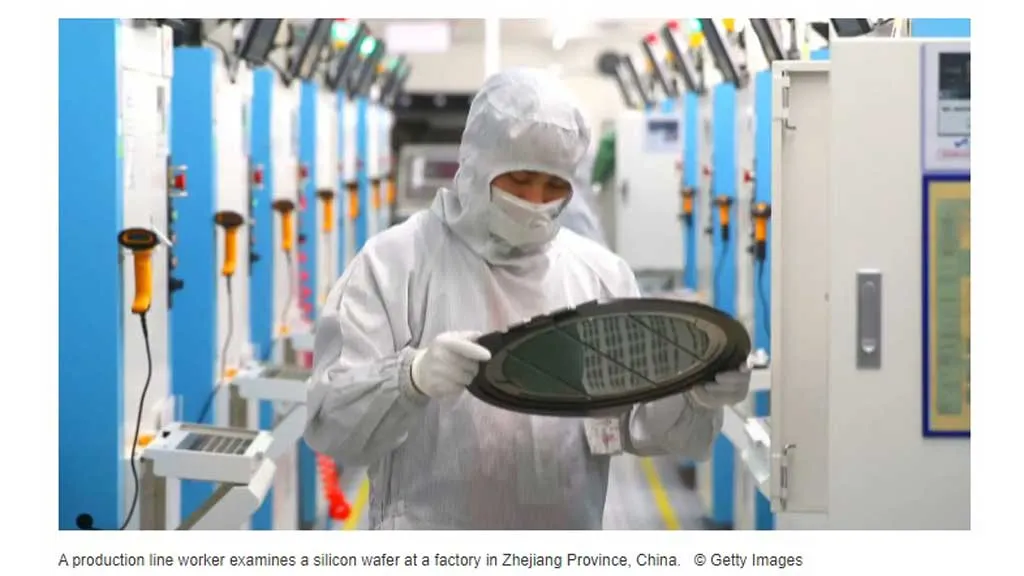
During the upcoming plenum (October 20–23), China’s leaders are expected to approve policy directions for the 2026–2030 period. While specific targets (such as GDP targets) may not be announced immediately, priorities such as employment, R&D spending, urbanization, and average income are likely to be on the agenda.
Analysts expect Beijing to maintain its “production focus” while also rolling out support measures for the household sector and social infrastructure – but in a balanced manner, without sudden changes. In a gloomy and competitive global economic environment, policy flexibility, monitoring international markets, and the ability to adjust the balance between growth, inflation and employment will be crucial.
Source: https://vtv.vn/trung-quoc-kien-dinh-chien-luoc-tat-ca-vi-san-xuat-100251015143445135.htm


![[Photo] Closing ceremony of the 18th Congress of Hanoi Party Committee](https://vphoto.vietnam.vn/thumb/1200x675/vietnam/resource/IMAGE/2025/10/17/1760704850107_ndo_br_1-jpg.webp)





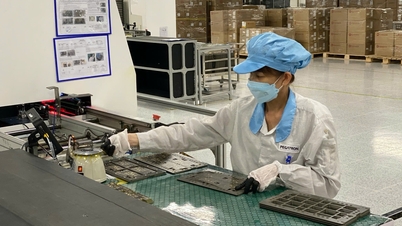


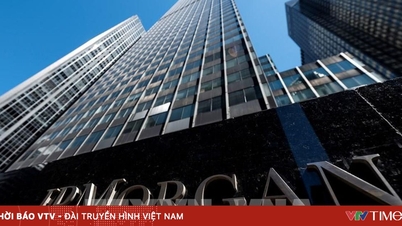
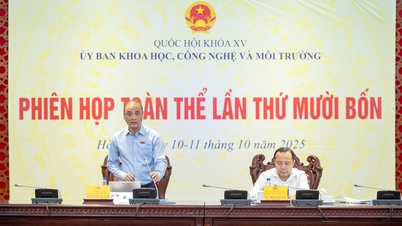



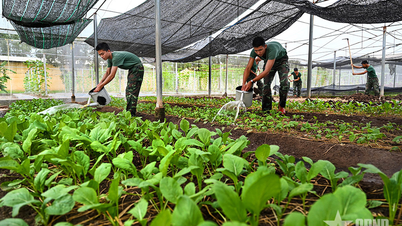

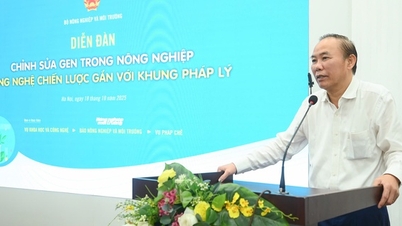

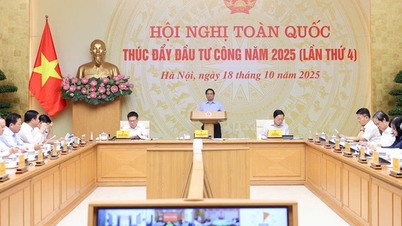
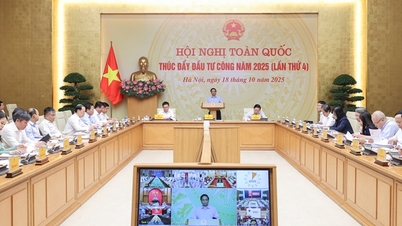








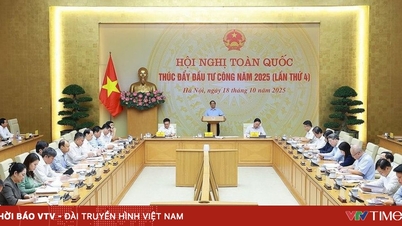
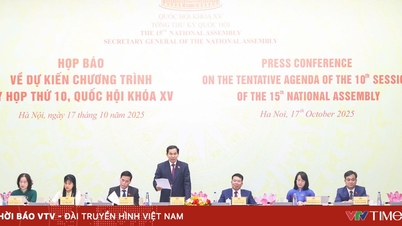
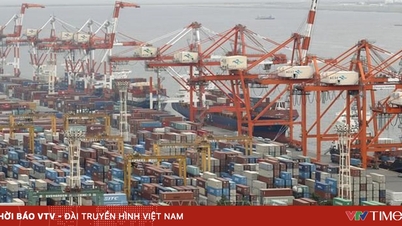
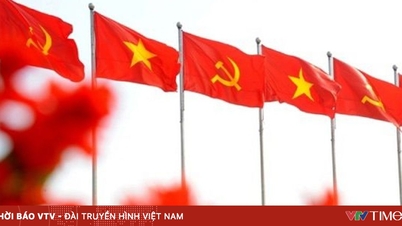
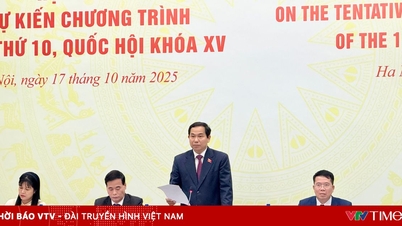

![[Photo] Nhan Dan Newspaper launches “Fatherland in the Heart: The Concert Film”](https://vphoto.vietnam.vn/thumb/1200x675/vietnam/resource/IMAGE/2025/10/16/1760622132545_thiet-ke-chua-co-ten-36-png.webp)


































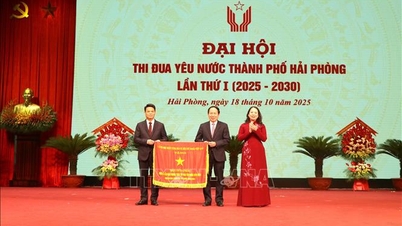
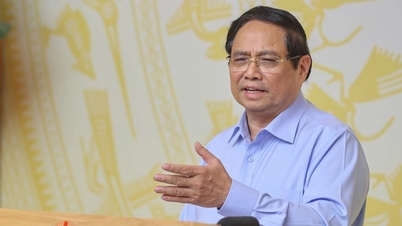



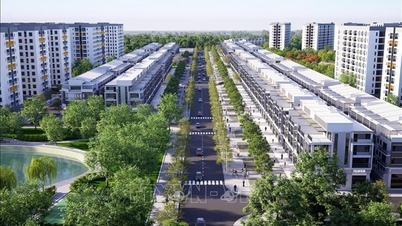











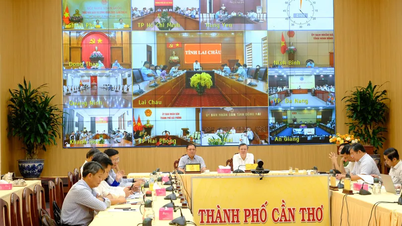

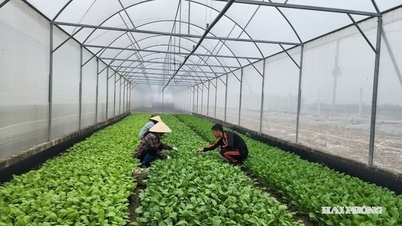


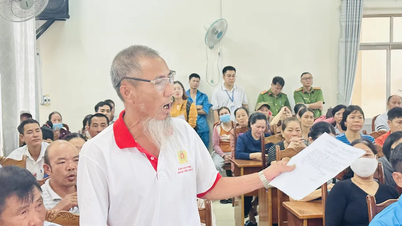

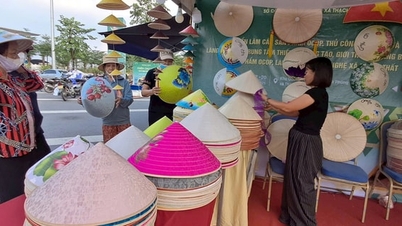














Comment (0)